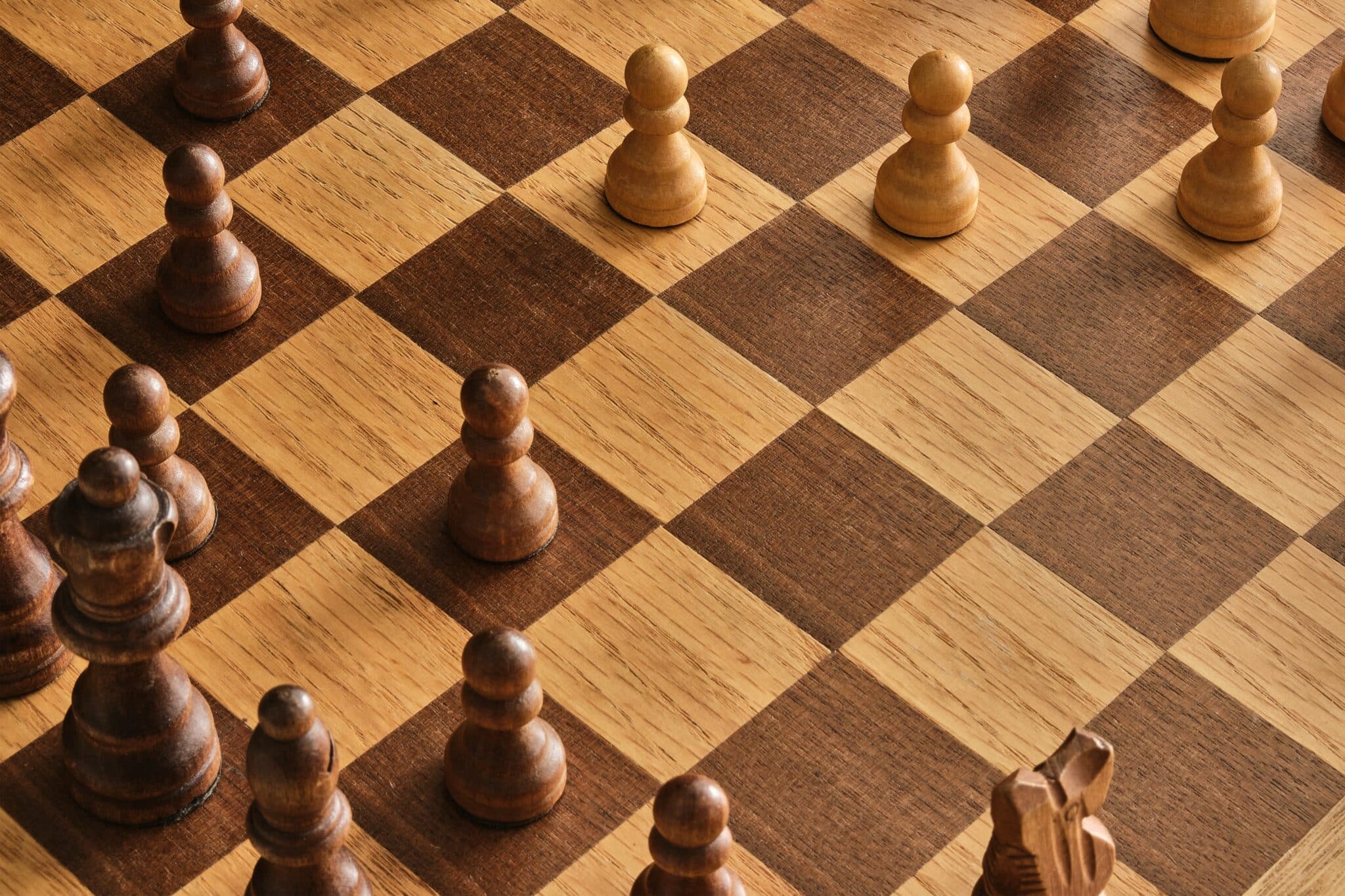Some chess players like to stick to tried-and-true methods. But others seek to test novel approaches. Grandmasters and amateurs use these unconventional openings. These openings are helpful tools for players of all skill levels.
Table of Contents
What Are Chess Openings and Where Can You Learn Them?
Every chess game begins with the opening moves, which provide the groundwork for the rest. There have been hundreds of years of naming and studying chess openings. You can learn chess openings on the chess website and in specialized books. Nonetheless, being aware of such openings is helpful, as they help with strategies.
1. Halloween Gambit
It is a lesser-known chess opening that brings a scary new dimension. Another name for this opening is the “Müller-Schulze Gambit”. It intends to startle and overwhelm opponents, especially those unaware of it.
The Italian Game's Two Knights Defense gives rise to the Halloween Gambit. It follows from these initial moves:
- 1. e4 e5
- 2. Nf3 Nc6
- 3. Nc3 Nf6
- 4. Nxe5?!

White wants an offensive position, so he offers up his knight on e5 as a gambit. The rest of the Halloween Gambit is as follows:
- 4 … Nxe5
- 5. d4

To take advantage of Black's weak position, White plans to mobilize and advance their pieces. The goal is to take control of the center and use it to assault the black king. Checkmate is White’s primary objective.
To defend against the Halloween Gambit, you must be on top of your game. But if Black responds with 5.Ng6, White usually plays 6.e5. This move helps in gaining initiative and a central control advantage.
Some dangers come with this gambit. Black has a material advantage and can win if they protect and maintain their position.
2. Portsmouth Gambit in Sicilian
It is a strong fortress in the incredible world of chess openings. It is best for players who want to start in an imbalanced position. There is a hidden gem within this fascinating defense. After the early steps, the Sicilian Defense becomes active:
- 1. e4 c5
Here, Black challenges White's central dominance. It sets the stage for an aggressive war by moving his piece on c5 in response to White's pawn on e4. Here's how it goes down:
- 1. e4 c5
- 2. Nf3 Nc6
- 3. b4 …

It starts when White takes a risk by moving his b-pawn to b4. This pawn sacrifice aims to throw a wrench into Black's position and catch him off guard.
Players who can handle the piece sacrifice will find this opening to be the best. The element of surprise makes this a valuable weapon in fast-paced games.
3. Sodium Attack
This one is an unusual chess opening and is not considered solid. Another name for this opening is the “Durkin Opening”. It is a unique option for those looking to add an element of surprise to their games.
Yet, not all people love to use it. Sharp and forceful, this attack focuses on confusing its foes. The first step of the Sodium Attack is as follows:
- 1. Na3 d5
- 2. c4 …

For this reason, the Sodium Attack stands out as a unique opportunity. It will take the knight two turns to discover a worse square than “normal” squares like c2 or c4.
This opening is a potent weapon in fast games where shocking your opponent might give you an edge. It may only be optimal for games with a bit of downtime that puts a premium on central planning.
4. Grob Opening
If you play Black Pieces, you should be wary of the Grob Opening. Although masters rarely use it, the Grob is still popular in club play. The Grob is not as well-known as some other openings. Yet, it is pretty hazardous for inexperienced players.
This opening gives White a good chance of winning, especially in blitz games. Another name for the Grob Opening is “Grob's Attack.” Here's how you can play the Grob opening:
- 1.g4

After 1.g4, White can play unconventionally on the king side of the chessboard. White's initial move creates space for their bishop on g2. After this move, they may develop into a strong kingside presence.
White's opening move is a tease for Black to induce carelessness. Yet, there are countless more popular options than this. Still, it can help players spice up their game by starting with the offense.
5. Rousseau Gambit
Less than one in a thousand games will have a Rousseau gambit, making it unusual. According to the numbers, White has a 47.44% chance of victory, whereas Black has a 52.56% chance. Most players don't know how to play it or against this opening. It may be worthwhile to keep this variation in your back pocket.
Being Black should provide you with an advantage and catch your opponent off guard. After the initial moves in the Italian Game, the player may make the Rousseau Gambit. Another name for this opening is the “Ponziani Countergambit”. Here are the moves:
- 1. e4 e5
- 2. Nf3 Nc6
- 3. Bc4 f5

There is a switch between colors, and the position resembles a King's Gambit Declined, although it was delivered by Black pieces. It has many traps and twists that allow you to win in under ten moves.
This is an example of an aggressive opening. These first moves might provide you with an early chance to attack your opponent.
Conclusion
Isn't that a fascinating way to play chess? You can stun your opponents with some of these rarest chess openings. These least-chosen options are excellent for Blitz and club games. Still, these unconventional ways are quite straightforward. I hope that these five less-known openings have improved your knowledge. The lines I have mentioned will also give you a surprise element that you can use against your chess rivals.






